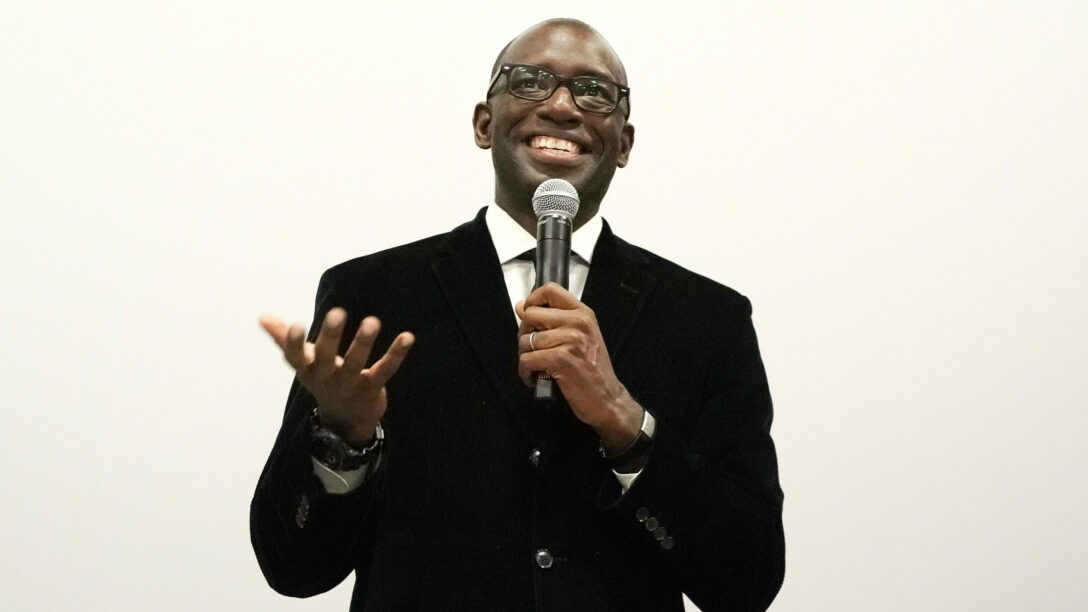“It’s not been a fun morning,” Stacy Spikes told me today from New York, where he’s been prepping the new and (hopefully!) improved MoviePass. The waitlist for the subscription ticket service relaunch received 30,000 sign-ups in its first five minutes, causing a crash that lasted two and a half hours. Not ideal for a company that became a punchline after signing up millions of movie fans in 2017 and 2018—and then swiftly going bankrupt. “But you know what, that just shows people are really interested,” continued Spikes, the company’s co-founder and recently returned C.E.O.
He’s right. MoviePass may have become an avatar of failed tech interlopers in Hollywood, and it allowed many traditionalists who predicted its demise to feel good about themselves, but it also encompassed the great narratives of the past few years. A nimble start-up vs. entrenched players that were forced to innovate. Subscription vs. one-off sales. A customer-first strategy vs. a proven yet declining business model. Moviegoing as a service.

















